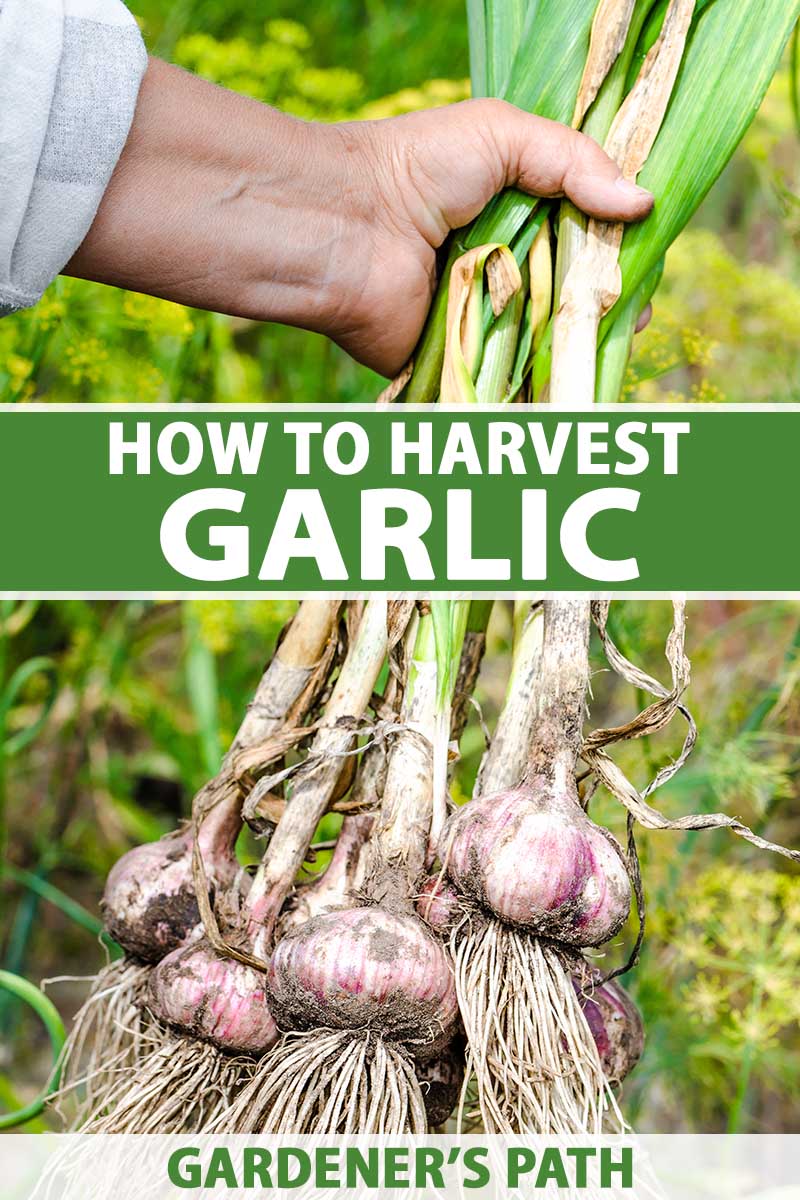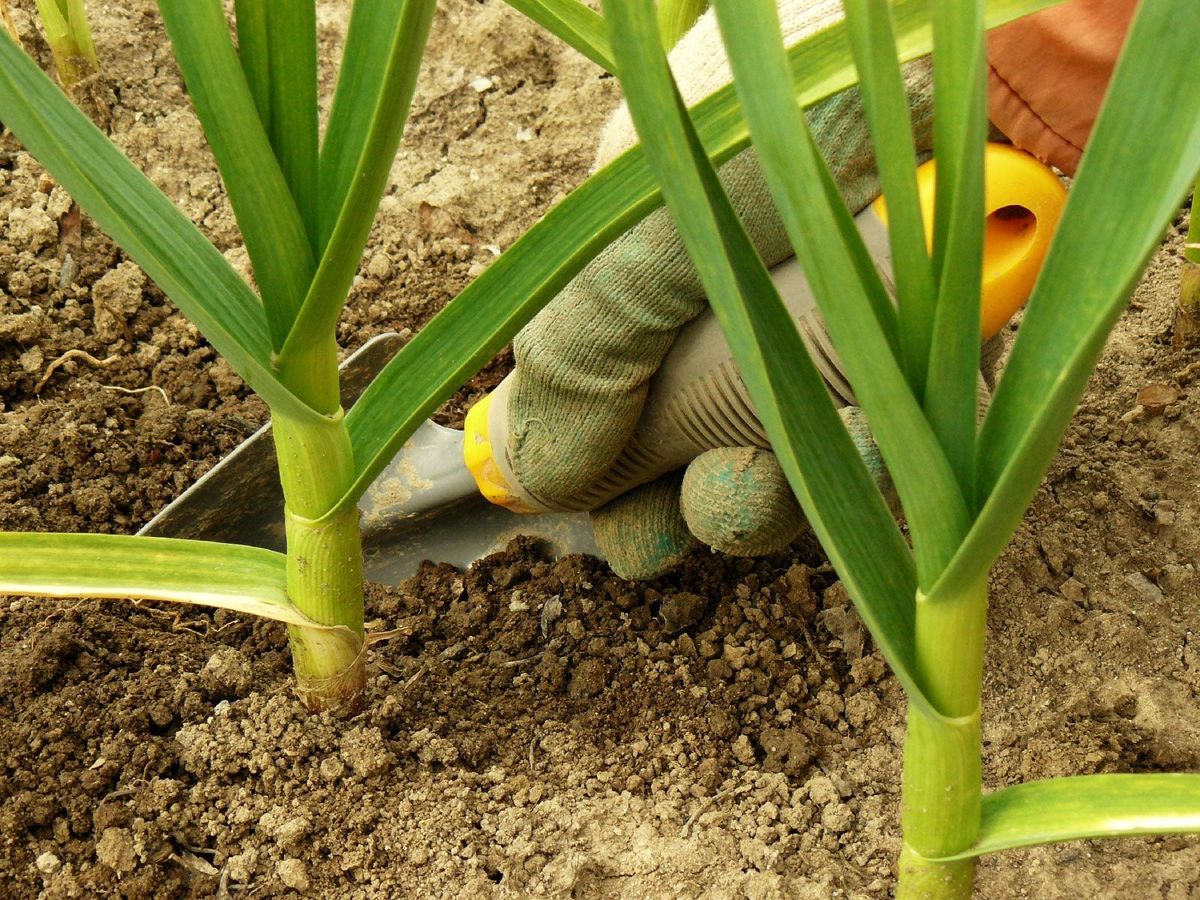Preparing the Soil for a Bountiful Harvest
When it comes to learning how to plant and harvest garlic, soil preparation is a crucial step that should not be overlooked. Garlic requires a well-draining, fertile soil with a pH between 6.0 and 7.0 to thrive. Before planting, test your soil to determine its pH level and nutrient content. If your soil is too acidic or alkaline, amend it with lime or sulfur to achieve the ideal pH range. Additionally, add organic matter like compost or manure to improve soil structure and fertility. Remove any debris, rocks, and weeds that may compete with your garlic plants for water and nutrients. A well-prepared soil will give your garlic plants a strong foundation to grow, ultimately leading to a bountiful harvest. By taking the time to prepare your soil, you’ll be well on your way to successfully growing and harvesting delicious garlic.
Choosing the Right Garlic Variety for Your Climate
When it comes to learning how to plant and harvest garlic, selecting the right variety is crucial for a successful crop. There are several types of garlic to choose from, each with its unique characteristics and growing requirements. Softneck garlic, which includes varieties like ‘Silverskin’ and ‘Creole’, is ideal for warm climates and produces multiple cloves per bulb. Hardneck garlic, which includes varieties like ‘Rocambole’ and ‘Porcelain’, is better suited for cooler climates and produces a single, large clove per bulb. Elephant garlic, a type of hardneck garlic, is known for its large, mild cloves and is a great choice for beginners. When selecting a variety, consider your region’s climate, the desired flavor and texture, and the level of maintenance required. By choosing the right variety, you’ll be well on your way to growing delicious garlic that will thrive in your local conditions.
How to Plant Garlic: A Step-by-Step Process
Learning how to plant and harvest garlic requires attention to detail, especially when it comes to planting. To ensure a successful crop, it’s essential to plant garlic at the right time, prepare the cloves correctly, and provide the ideal growing conditions. In most regions, the best time to plant garlic is in the fall, about 6-8 weeks before the first frost. Before planting, break apart the garlic bulbs into individual cloves, making sure each clove has at least one papery wrapper intact. Plant the cloves 4-6 inches apart, and 2-3 inches deep, in well-draining soil with a pH between 6.0 and 7.0. Space the rows 12-18 inches apart, and water the soil gently but thoroughly after planting. By following these steps, you’ll be well on your way to growing delicious garlic that will thrive in your garden.
Caring for Your Garlic Crop: Watering, Fertilizing, and Pest Control
Once you’ve learned how to plant and harvest garlic, it’s essential to provide the necessary care for your crop to thrive. Garlic plants require consistent moisture, especially during the first few months after planting. Water the soil gently but thoroughly, aiming to provide about 1 inch of water per week. Avoid overwatering, which can lead to rot and other diseases. In terms of fertilization, garlic is a light feeder and doesn’t require a lot of nutrients. A balanced, slow-release fertilizer applied at planting time should be sufficient. Keep an eye out for common pests like aphids, mites, and nematodes, and diseases like powdery mildew and botrytis. Use organic or integrated pest management methods to control any issues that arise, and maintain good garden hygiene to prevent the spread of disease. By following these care tips, you’ll be rewarded with a healthy, flavorful garlic crop.
Identifying When to Harvest Garlic: Timing is Everything
Knowing when to harvest garlic is crucial to ensure the best flavor and texture. Garlic is ready to harvest when the tops of the plants begin to yellow and fall over, and the necks of the bulbs start to soften. This usually occurs around 3-4 months after planting, depending on the variety and climate. Check the garlic regularly, as the window for optimal harvest is short. If you wait too long, the bulbs may split and become unusable. To check for readiness, gently dig around the plants with a fork, being careful not to damage the bulbs. Lift the bulbs out of the soil, and brush off any excess dirt. If you’re unsure, it’s always better to err on the side of caution and harvest the garlic, as it will continue to mature and can be used at various stages of ripeness. By mastering the art of how to plant and harvest garlic, you’ll be rewarded with a bountiful crop of flavorful garlic.
The Art of Harvesting Garlic: Tips and Techniques
Once you’ve mastered how to plant and harvest garlic, it’s time to learn the art of harvesting. Harvesting garlic requires care and attention to detail to ensure the bulbs are preserved for later use. Start by carefully digging around the plants with a fork, being gentle not to damage the bulbs. Lift the bulbs out of the soil, and brush off any excess dirt. Remove any stems or leaves, leaving about an inch of stem attached to the bulb. Dry the bulbs in a warm, dry, well-ventilated area, such as a shed or garage, for 2-4 weeks. This curing process helps to develop the flavor and texture of the garlic. After curing, store the garlic in a cool, dry place, such as a paper bag or breathable container. Check on the garlic regularly to ensure it’s not developing any mold or rot. By following these harvesting tips and techniques, you’ll be able to enjoy your homegrown garlic for months to come.
Common Mistakes to Avoid When Growing Garlic
When learning how to plant and harvest garlic, it’s essential to be aware of common mistakes that can affect the success of your crop. One of the most critical mistakes is overwatering, which can lead to rot and other diseases. On the other hand, underwatering can cause the garlic to become stressed, reducing its flavor and quality. Another common mistake is not providing enough sunlight, as garlic requires at least 6 hours of direct sunlight per day. Additionally, failing to rotate garlic crops can lead to soil depletion and increased pest and disease pressure. Poor soil preparation, inadequate fertilization, and insufficient spacing between plants can also negatively impact garlic growth. By being mindful of these common mistakes, you can ensure a healthy and productive garlic crop. Remember, mastering how to plant and harvest garlic takes time and practice, so don’t be discouraged if you encounter setbacks along the way.
Enjoying Your Homegrown Garlic: Recipes and Ideas
Now that you’ve successfully learned how to plant and harvest garlic, it’s time to enjoy the fruits of your labor Freshly harvested garlic is a game-changer in the kitchen, adding depth and flavor to a variety of dishes. Try roasting your garlic to bring out its natural sweetness, or use it to make a flavorful garlic butter to spread on bread. You can also preserve your garlic for later use by making garlic powder, garlic salt, or even garlic-infused oil. For a delicious and easy recipe, try making garlic roasted chicken or garlic mashed potatoes. If you’re feeling adventurous, experiment with garlic-based sauces, such as aioli or salsa verde. With your homegrown garlic, the possibilities are endless By incorporating your freshly harvested garlic into your cooking, you’ll be able to appreciate the full flavor and aroma of this incredible ingredient.







:max_bytes(150000):strip_icc()/harvesting-garlic-1402402-04-49339798210548e1be4680789b18a832.jpg)
